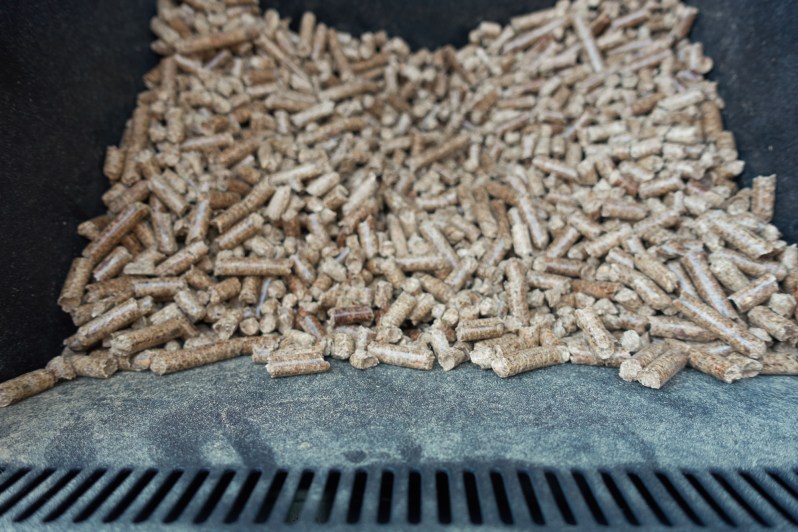
What is a pellet grill, you ask? At least we’ll assume you asked that so we can get this part out of the way early: A pellet grill is a combination electric and wood-fired grill that can smoke foods at constant temperatures using a fire fed by wood pellets, with its temperature controlled by the volume of pellets burned.
Provided you have access to an outlet and a few pounds of fine wood pellets, a pellet grill can help you cook up the finest ribs, roasts, briskets, or foods that start with other letters even if you’re hardly a master griller. Simply put, pellet grills take the guesswork out of smoking meats, traditionally that most challenging of BBQ undertakings.
How Does a Pellet Grill Work?
Before we move onto the benefits of a pellet grill vs. a charcoal grill or gas grill, let’s talk about what’s actually going on inside that pellet grill. Once you flip on your grill and set the desired temperature, an auger (think long screw, basically) begins turning within the base of the grill. It slowly feeds the wood pellets you dumped into the hopper into the fire box, where an electric heating element ignites them. For higher temperatures, the auger feeds more pellets into the chamber; when less heat is requested (by you), it feeds fewer pellets.
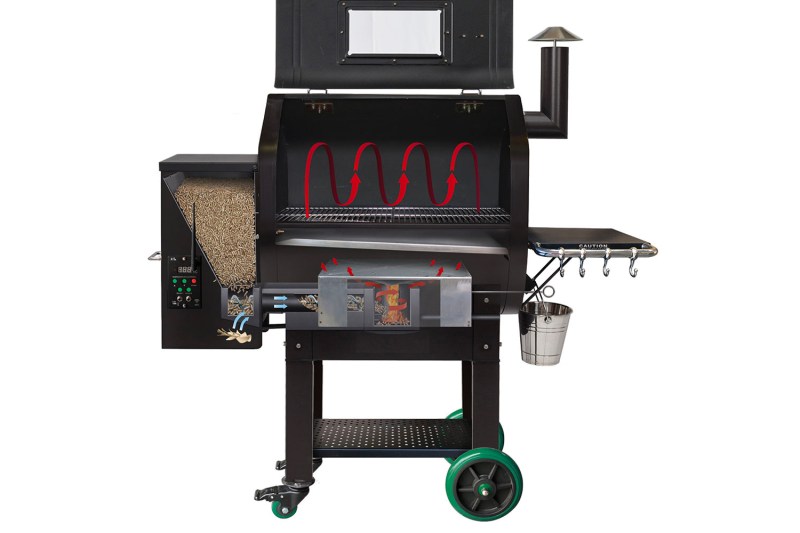
So pretty simple so far, no? More wood, more heat.
The heat of that fire is fanned by, well, a fan, and the same internal fan adding air to the flames also helps circulate the heat and the smoke produced by the pellets all around your meats (or other foods, but mostly meat), ensuring a saturation of aroma and flavor. And because the heat is produced down in that combustion chamber and spread by convection, the temperature throughout the grill remains largely constant, so you don’t have to keep opening the top and checking on things.
Frankly, with a hopper filled with enough wood pellets, a decent understanding of your target temperatures and approximate timing needed to hit them, with a good pellet grill, you can be hands-off for most of the cooking.
Next we’ll talk about a few brands to consider and a few pro tips, but first let’s break down the main benefits of using a pellet grill.
Benefits of Pellet Grilling Over Traditional Barbecue
- Precision temperature control, allowing for long, slow cook and smoke times or fast searing.
- Broad temperature range, usually as low as 200 degrees to as high as 500 degrees Fahrenheit.
- Flavor profile control based on pellets selected.
- Indirect heat prevents flare-ups and uneven cooking.
- Ease of startup and ease of cleaning.
Best Pellet Grills
There are a lot of great pellet grills out there, and frankly as long as you don’t buy a cut-rate unit, you’re going to get a decent grill. So rather than say you should just go with a Traeger, arguably the first name in pellet grills, or a Pit Boss, which makes amazing combos, or Country Smokers, which has some great small smokers, let’s talk about the different types of pellet grills you can get without playing favorites.
For a bit of insight, we talked to Jeff Thiessen, president of Pit Boss Grills, who said: “Essentially, you want to make sure your smoker is a powerhouse that can do more than just smoke. That it gets hot enough to grill. A grill needs high-temp cooking temps with a flame broiler to get those steakhouse sear marks that everyone loves – why would you pick a smoker that can’t get hot enough to sear?”
Thiessen also urges would-be pellet grillers not judge a grill’s quality by its price, an easy mistake to make in this category. “Value is a key component,” he explains. “Don’t over pay. Go with a grill and a grill company that is clearly focused on providing the absolute best value.”
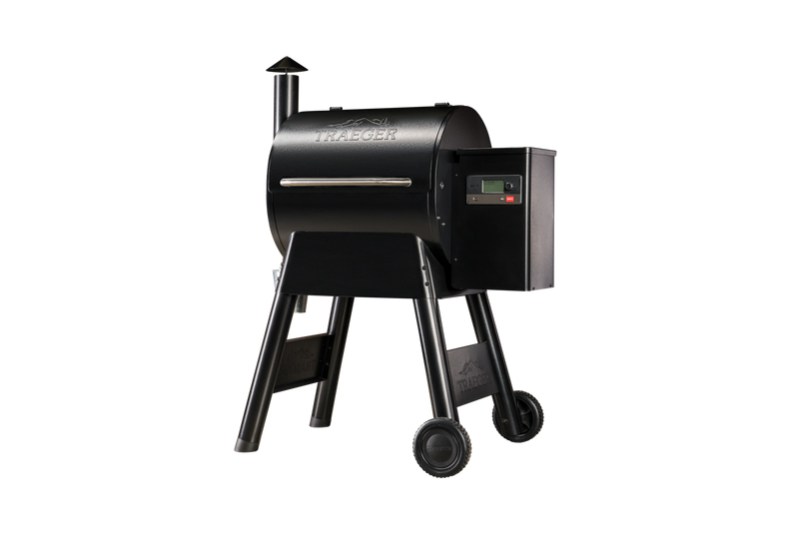
If you’re looking for the best smoker grill combo for pellet grilling, the kind of pellet grill most people picture when they close their eyes and think “pellet grills,” then the Traeger Pro 575 is a great choice. Its massive 18-pound pellet hopper allows for hours of smoking, and its huge grill surface accommodates up to five racks of ribs.
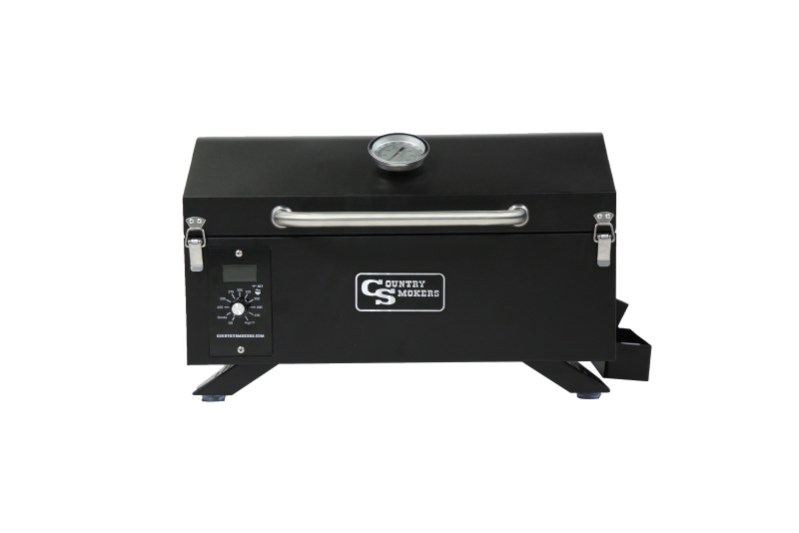
For a smaller smoker, one that you could easily toss in the trunk and bring to the park, campsite, or tailgate party (you will need an outlet or generator, of course), the Country Smokers Frontier Series The Traveler is an affordable, excellent option. It can handle almost a dozen burgers or a whole rack of ribs, and the 3.5-pound hopper can keep the heat up for at least two hours without refilling at moderate heat settings.
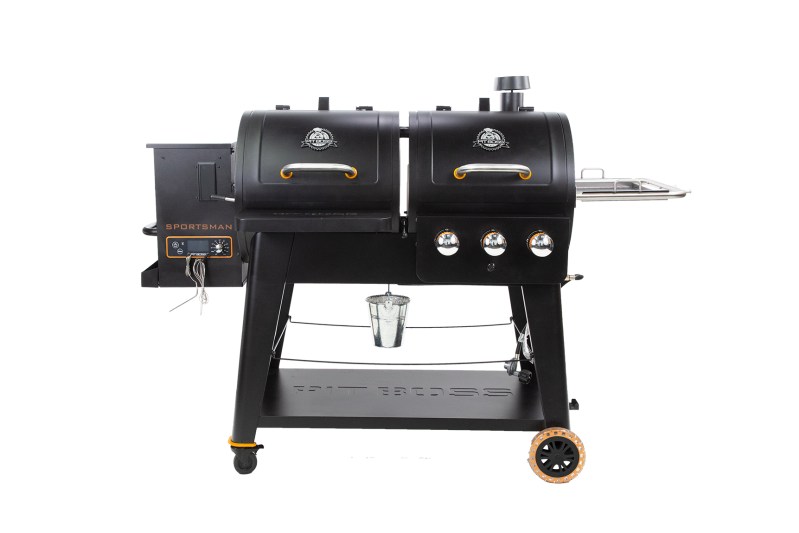
If you like the idea if a smoker and gas grill combo that lets you slow smoke on one side and quickly sear steaks on the other, the Pit Boss Sportsman Pellet/Gas Combo is surprisingly affordable given its capabilities, but note that you do have a much smaller smoking area than you would with a pellet-only grill of the same physical size.
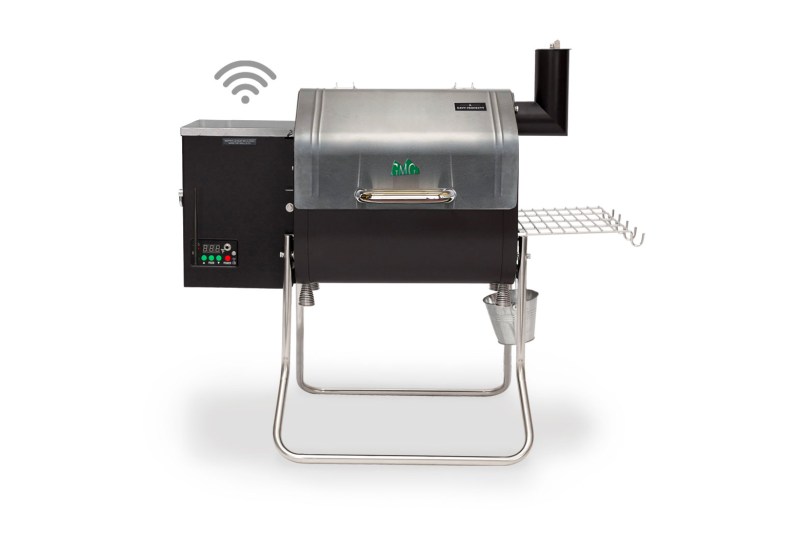
For pellet grilling on the boat, at a campsite without hookups, or when the power fails, the Green Mountain Grills Davy Crockett pellet grill can run off a 12-volt battery, and it has a massive temperature range from as low as 150 degrees F all the way up to 550 degrees F.
Choosing the Right Pellets for Your Meal
All pellet grills use wood pellets of the same size and all reputable brands offer safe, food-grade woods that will offer comparable burn times and heat, so you don’t have to put too much thought into the brand you choose for your grill’s wood pellets.
What you do need to think longer and harder on is what flavor and aroma profile you want for the meats you’re smoking.
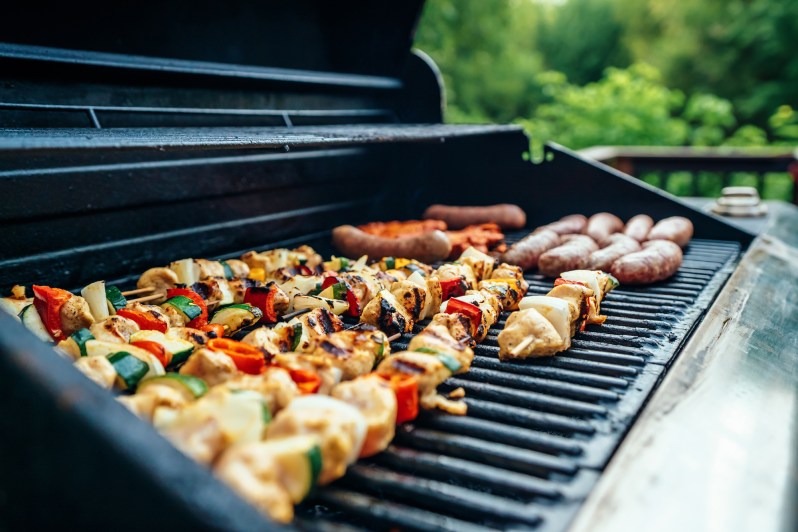
For ribs, chops, and pork in general, a savory smoke is best — think hickory or mesquite, with the latter being the more potent flavor profile, and the former better for long, slow smoking sessions.
For pellet grilling beef, a pecan, maple, or other wood that’s on the sweeter side is ideal for balancing the bold flavor inherent in this type of meat.
With chicken or other poultry, you can play around just like you can when stir-frying, baking, or otherwise preparing the essentially blank canvas that is white meat. Cherry pellets can add sweetness, alder woods a smokiness, and pecan or other nut trees a savory nuttiness that will sink deep into the meat.



